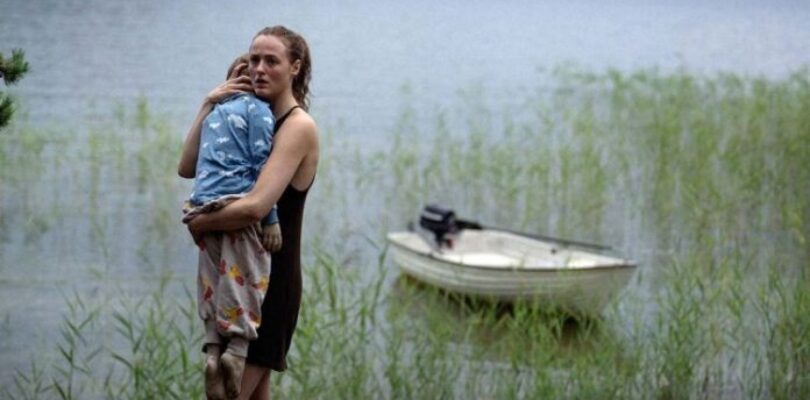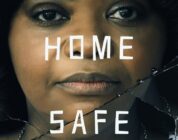Just about everything that can be done with the zombie genre has been done. Comedy, rom-com, action movies, drama, and even arthouse cinema have put a spotlight on the returned dead. We’ve even shows such as The Walking Dead place emphasis on the living, and how they cope with a world overrun by zombie hordes. But Thea Hvistendahl’s Handling the Undead, while hardly breaking the mold, does something slightly different. The dead walk again, yes, and the emphasis is on the living, but it’s on their emotional state, their grief, and the lengths they’ll go to believe their loved ones are truly back.
John Ajvide Lindqvist’s book serves as the basis for Handling the Undead, which tells three stories of families rocked by the living dead. On a relatively normal summer day in Oslo, a series of strange power surges rocks the city. Shortly after that, the recently dead begin to rise again. While this is briefly confirmed to be a global phenomenon, the film centers on only a handful of specific cases, each unfolding in somber, melancholic tones.
The Worst Person in the World breakout Renate Reinsve plays a single mother, suicidal after the death of her child. She is saved from another attempt to take her own life by her father (Bjørn Sundquist) who reveals that her dead child is alive…or something like it, after being dug up from his grave. When a mother (Bahar Pars) dies in a terrible car accident, her husband (Reinsve’s Worst Person in the World co-star Anders Danielsen Lie) arrives at the hospital only to find that she is still living. After attending the funeral of her longtime partner, an older woman (Bente Børsum) is stunned to find her back in their home later that night.
A minimum of dialogue is used to convey the mixture of grief and gratitude these people are feeling. But their loved ones aren’t acting like themselves. They are essentially rotting corpses that can walk, but little else. They don’t speak, or act for themselves. And we watch as each person handles the returns differently. All are stunned with disbelief, but some handle the reality better than others. Grief will do that, though. Some selfishly cling to the returned and refuse to consider the larger implications. Others struggle to come to grips with this silent, decrepit version of the person they once knew and loved. In one horrific scene, a disgusting act of animal cruelty by one of the undead is made worse by the poor creature’s squeals, but also by the inaction of those watching who can’t fathom that the person they love could commit such an act. Those with a sensitivity to such things might want to steer clear. I certainly felt the urge to.
Co-written by Hvistendahl and Lindqvist, the film takes on the gloomy, muted tone of the latter’s other, more famous novel and its many adaptations, Let the Right One In. While Reinsve makes a strong impression as a mother forced to grieve for her dead child a second time, the other stories lack a strong central focus. The slow pacing makes the 90-minute runtime feel longer, but the final act, which shifts gears into more traditional horror territory, is more than worth it. As the lethal consequences of denial are felt, the film never loses its reserved aura. Such sorrow has a grip that lasts beyond death.
Neon will release Handling the Undead on May 31st.





